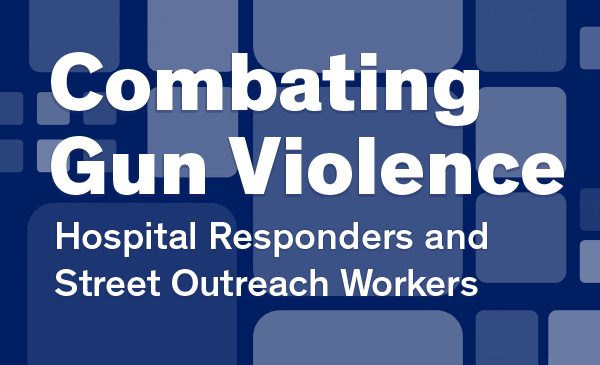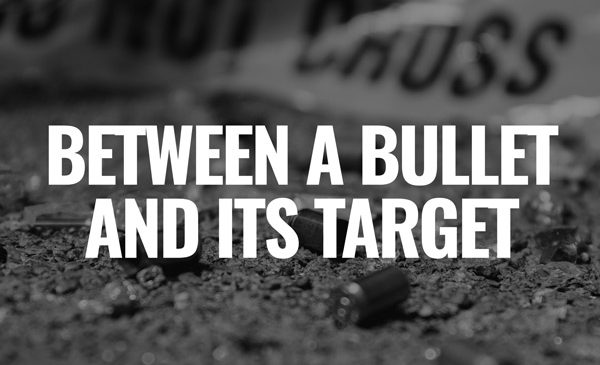On the Front Lines of Violence Intervention
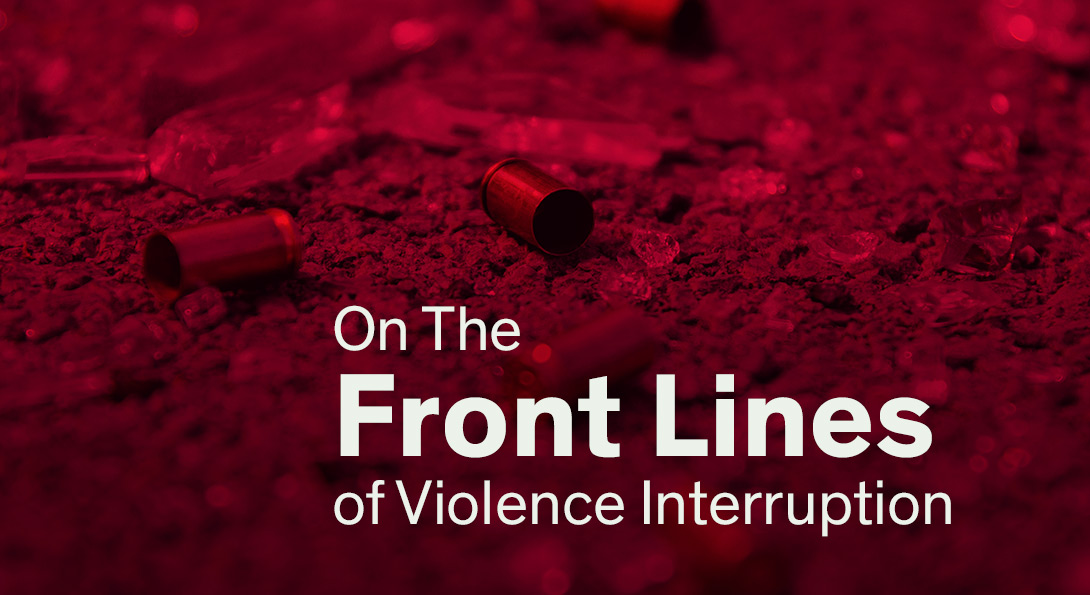
Two new studies at the Jane Addams Center for Social Policy and Research have focused on a long-neglected but essential aspect of community-based violence intervention programs: the people who work on the front lines.
Reducing community violence through prevention and interruption programs is not a new concept, and certainly not new to Chicago. For twenty years, the UIC School of Public Health was home to Cure Violence, a pioneering program that applied a public health approach to violence interruption and community safety. Now, at the Jane Addams Center for Social Policy and Research (Policy Center), two leading-edge studies are elucidating a formerly neglected aspect of violence prevention: the intervention workers themselves. Through the examination of the experiences, perspectives, and well-being of these essential front-line workers, these studies have elucidated factors that contribute to successful community-based responses to gun violence and have elevated the voices of people who put themselves at risk working in violence prevention.
Combating Gun Violence Heading link
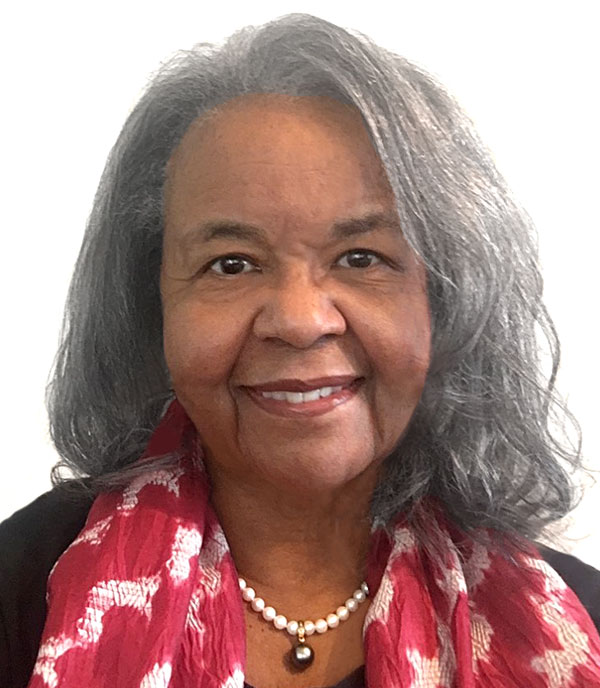
Policy Center Director Dr. Creasie Finney Hairston and her research team recently completed an extensive study of Acclivus, Inc., a not-for-profit community-based organization operating primarily on Chicago’s South Side. Acclivus provides violence prevention and interruption services through hospital response, community violence prevention, and prisoner reentry programs.
The study’s unique focus was prompted by the team’s survey of the existing literature on violence intervention programs. “We found that studies often noted the benefit of staffing with ‘credible messengers’ who have life experiences similar to those of people they are serving,” explains Dr. Hairston. “What was missing, however, was systematic analysis and of how programs work on the street, and in particular the inclusion of the personal and professional experiences and views of program staff. The people doing the work were absent in the literature.”
In her new publication Combating Gun Violence: Hospital Responders and Street Outreach Workers, Dr. Hairston helps fill this gap in our knowledge. The publication presents and summarizes the results of qualitative interviews conducted with Acclivus violence intervention staff, delving into who they are, the work they do, and their own perceptions of organizational effectiveness. The research team also interviewed community members and community stakeholders about their perceptions of the organization. Following is a general overview of the findings.
The People Who Do the Work
The majority of Acclivus staff are male and are predominantly Black or Latinx, and the CEO is an African-American male. The age of Acclivus staff ranges from 36 to 66, with a mean of 47. Thirteen of the staff members were formerly employed by Cure Violence, eight of whom were front-line intervention workers.
The staff live in and have strong connections to the communities and people they serve. They also have shared experiences with the people they are trying to reach; staff described their backgrounds as having been involved in gangs, on the wrong path, or a troublesome youth, and a little over two-thirds had been incarcerated. Those shared life experiences make them very dedicated to their work and they report a strong sense of having learned from their past experiences and wanting to help others. On the other hand, they also work long hours and speak of being on-call “24/7”.
The educational background of the staff is diverse, with the highest degree obtained ranging from GED to doctorate. For 40 percent of the staff, the highest degree was a GED or high school. Forty-six percent had an associate degree or some college, and 13 percent had a bachelor’s degree
or higher.
The staff report great pride in what they have achieved in their own lives, for example, buying a house or a car, completing a college degree, or seeing a child go to college. The importance of family is evident in their responses, with some reporting the grief of losing family or friends during the COVID-19 pandemic.
Doing the Work
In general, the staff view communication as key to their work, involving maintenance of a network of relationships with individuals and community organizations, team communications, effective communication in deescalation efforts, and communication of available supports and resources to individuals and families in the community.
They see their work of connecting residents to resources or social services, or helping people find employment, as core to the promotion of community safety. Likewise, the public health aspect of the work is evident in the frequency with which staff speak about supporting the health or mental health of community members. This is especially true with the community outreach team.
The focus of the hospital response team is centered around deescalation and violence prevention after a shooting, and they often cite rapid response as key to deescalation. However, they also work to connect clients and their families to supportive services or resources.
The staff express great care for the communities in which they live and work, and for the individuals they serve. They also indicate a fundamentally trauma-informed approach in the way that they respect their clients’ individuality and avoid stigmatization or further traumatization.
Assessing Success
Acclivus staff view their efforts as important and successful, and attribute their connections to the community as key to that success. They are also aware of the importance of changing social norms about violence at both the individual and community levels.
The staff think highly of the organization and its leadership, as well as of the organization’s approach to violence prevention and interruption, and they see their efforts as essential and successful. However, many staff cited lack of resources and funding as a limitation on expansion of their services.
Community members and stakeholders also see the work as valuable, and view the street intervention workers as assets in the community. Ability to navigate and effectively communicate within the community was also cited as a particular strength of Acclivus staff.
“Having a fuller understanding of the people who succeed at this dangerous but necessary work may be helpful in replicating violence interruption in other communities or other cities,” observes Dr. Hairston. “And it also serves as a reminder that people from the community are often the heart of effective community-based responses to gun violence.”
quote 1 Heading link
I know the streets and I know what’s been going on.
I can reach out to people with high risk. I have seen them grow up. I have been living in this community for years.
I have compassion for kids and want to show young women the right way.Acclivus Front-line Staff
quote 2 Heading link
The goal is to prevent the gun shot or stabbing victim from being reinjured and prevent family members/friends from retaliating.
We help prevent violence; improve health outcomes; prevent domestic violence; address homelessness, and (improve) mental health. We feed the homeless. In our communities we do it all.Acclivus Front-line Staff
quote 3 Heading link
They understand the communities where the individuals come from and the dynamics of the situations. They truly understand the culture and without being judgmental provide them with valuable assistance.
Community Member Speaking About Acclivus
Supporting the Wellness of Street Intervention Workers Heading link
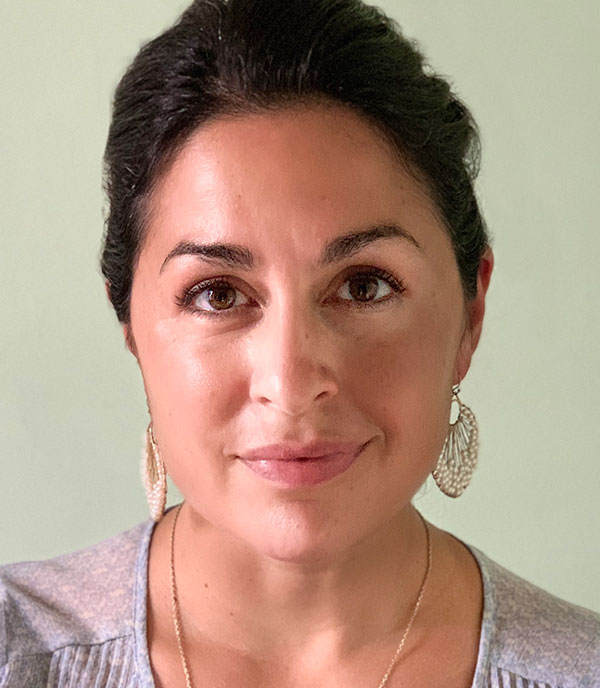
Assistant Professor Kathryn Bocanegra describes street intervention work as a healing profession, helping to heal individuals and communities. “However, most people in healing professions have not been the patient; most trauma surgeons have not had a traumatic injury, or most therapists have not experienced mental illness,” she says. “Street intervention workers, on the other hand, are often wounded healers, healing from their own trauma as they accompany others in the process of redirecting and transforming their lives.”
Dr. Bocanegra’s recent study, Between a Bullet and Its Target, examined the primary occupational stressors experienced by street intervention workers (SIWs), the forms of trauma they are exposed to, and the existing organizational supports and best practices to support them in addressing this trauma. “We need to do everything possible to support front-line workers engaged in violence reduction practice. Their success can be measured in human lives,” she says. “They are doing this work with few resources available; It’s like trying to stop bullets with their bare hands.”
To better understand the range and impact of these traumatic experiences, Dr. Bocanegra and her team conducted in-depth, semi-structured interviews with SIWs and supervisors who provide services in Chicago neighborhoods that experience community violence. Following is a general overview of
the findings.
The Experience of Trauma
Most SIWs are system survivors and work within communities impacted by disinvestment and structural racism. Dr. Bocanegra found that trauma manifests itself within a longitudinal, ecological context in their lives and dynamically interacts with the regular exposure to trauma that occurs in community violence intervention. She also found that trauma exposure in street intervention work is much more expansive than originally conceived, and she describes shootings or homicides as just the tip of an iceberg. “SIWs are deeply engaged in victim services, they experience a high frequency of criminal-legal interface, and they may also experience forms of organizational trauma in their workplace,” she says.
The shared histories between SIWs and their clients also carry a number of risks, including increased potential for boundary confusion, violation, or countertransference; the projection of personal experiences onto clients; and increased vulnerability to burnout. “Just having been involved in the streets or been to prison does not make someone a wounded healer, and it does not make someone effective in street intervention work,” she explains. “Trauma recovery is the personal transformation that must take place, and how we think about trauma and understand it through existing clinical frameworks is complex.”
Dr. Bocanegra found existing clinical frameworks to be inadequate in describing the traumatic experience of SIWs, with most discourse using PTSD as the reference point for understanding symptoms. “PTSD and Complex PTSD are incomplete and inaccurate depictions of the trauma, which is ever-present and ongoing, and the problematic ‘symptoms’ we target in PTSD may be keeping SIWs alive,” she explains. “Problematizing hypervigilance and hyper-startle reactions is contradictory to the very instincts one needs to navigate environments with high rates of gun violence.” The study indicates that Continuous Traumatic Stress is the best clinical framework through which to understand the experiences of outreach workers, and it is from this framework that subsequent interventions should be designed.
Organizations as Intervention Points
Dr. Bocanegra thinks it is imperative for nonprofit organizations to operationalize wellness by integrating it into onboarding and orientation, supervision, workload management, and ongoing training and professional development. Organizations employing SIWs can create safe spaces within the organization for the sharing of experiences and peer support. They can also help SIWs deal with past and ongoing traumatic experiences by providing psychoeducation or coping skills training.
“The organizations themselves play a very important role in maintaining an environment of safety and support,” she says. “By protecting the workers, they are building a more robust public health infrastructure, which has a long-term impact in the neighborhoods they serve.”
quote 4 Heading link
I began this work while incarcerated. So, we began to do outreach in the space that we were in…so many nights of watching the news and seeing what was happening in the city that we loved.
Street Intervention Worker
quote 5 Heading link
Our outreach workers have been caught in crossfires. I’ve seen it. I’ve seen them lose people, get attachments to participants that’s making strides, and then they ended up getting killed.
Street Intervention Worker
quote 6 Heading link
I would start feeling pressure in my chest. I would start getting headaches because I didn’t know what I was riding into when I got home. I didn’t know how many people was gonna be in a corner. I didn’t know if they were gonna shoot at me.
Street Intervention Worker
quote 7 Heading link
[Trauma training] helped me with some of my own trauma that I had, that I’ve experienced growing up and especially with doing this work and also had identified it through others too . . . So, yeah, it was definitely helpful.
Street Intervention Worker
